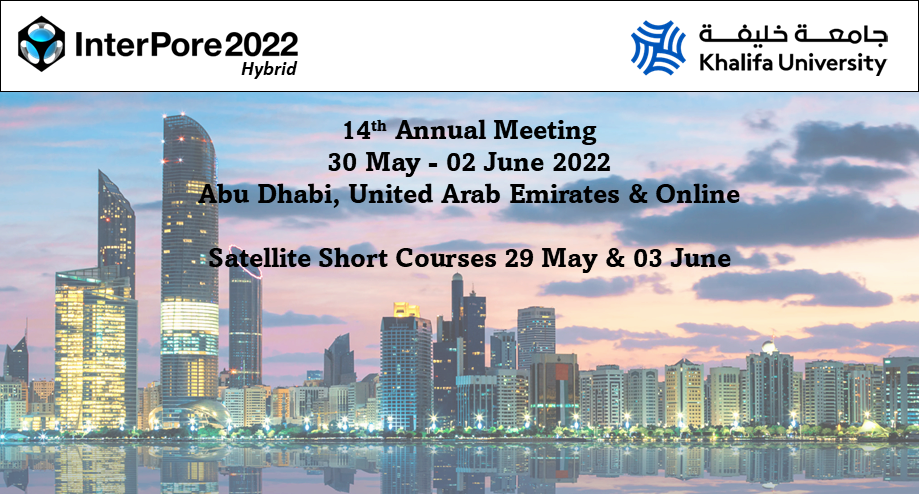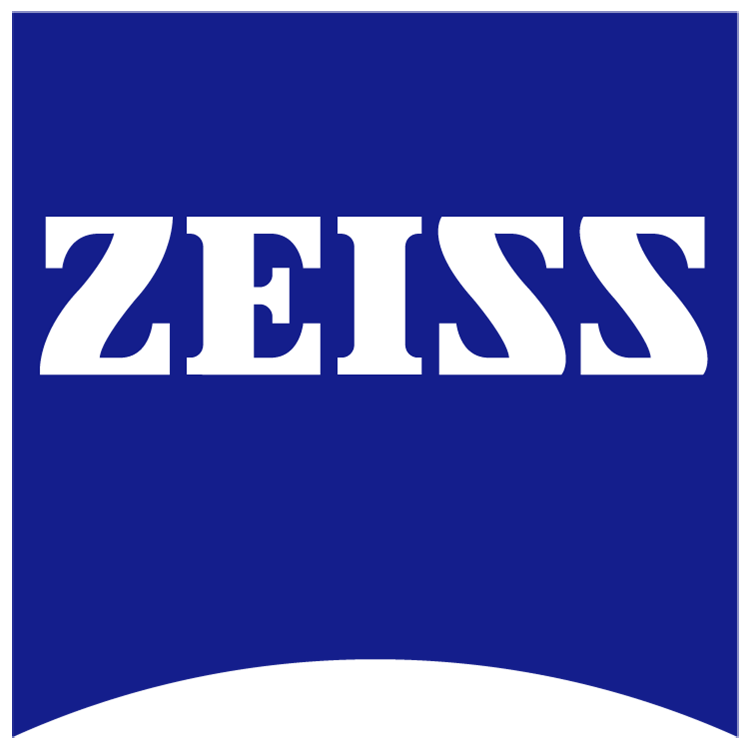Speaker
Description
The human placenta is an essential organ for the developing fetus, which relies on well-orchestrated haemodynamics to deliver its multiple functions [1]. The geometrical complexity of the placenta and lack of appropriate animal models mean that biomimetic laboratory models offer a powerful tool to investigate haemodynamics and haemorheology in the human placenta and other complex biological tissues [2, 3]. The placental microstructure is effectively a porous medium where the particulate nature of red blood cells (RBCs) is important. However, particle transport and its influence on permeability remain unexplored.
We use droplet and capsule suspensions in planar microfluidic porous media to explore the transport of deformable particles, with the aim of characterising rheology in this setting. Droplets are the simplest RBC analogues but they lack the shear elasticity of the real RBC. In addition, undesired coalescence and breakup limit their use in experiments. A better biomimetic model of RBC is provided by polydimethylsiloxane (PDMS) capsules of adjustable diameter and wall thickness, which are microfabricated using a 3D nested glass capillary device [4]. Their elastic modulus can be varied by an order of magnitude by adjusting the chemistry and the capsules can further be deflated by osmosis to match the area to volume ratio of real RBCs. We test the aptitude of these objects to mimic the motion and large deformations of single red blood cells and of suspensions of RBCs in straight capillaries and arrays of contractions and expansions. Planar porous media of controlled geometry, porosity and different levels of disorder are then constructed by positioning cylindrical pillars in different spatial arrangements within a Hele-Shaw channel. Suspension flows are characterised in terms of the dynamic capsule distribution, flow resistance and permeability as functions of hematocrit (concentration of capsules), capsule geometry, disorder of the medium and capillary number, which provides a measure of the importance of viscous shear forces relative to elastic forces.
References
[1] Jensen O. E. and Chernyavsky I. L., Blood Flow and Transport in the Human Placenta,
Annu. Rev. Fluid Mech. 51:25–47 (2019).
[2] Tun W. M., Poologasundarampillai G., Bischof H., Nye G., King O. N. F., Basham M.,
Tokudome Y., Lewis R. M., Johnstone E. D., Brownbill P., Darrow M. and Chernyavsky I. L.,
A massively multi-scale approach to characterizing tissue architecture by synchrotron microCT applied to the human placenta. J. R. Soc. Interface.18: 20210140 (2021).
[3] Pemathilaka R. L., Reynolds D. E. and Hashemi N. N., Drug transport across the human
placenta: review of placenta-on-a-chip and previous approaches. Interface Focus. 9: 20190031
(2019).
[4] Bandulasena M. V., Vladisavljević G. T. and Benyahia B., Versatile reconfigurable glass
capillary microfluidic devices with Lego® inspired blocks for drop generation and
micromixing. J. Colloid Interf. Sci. 542:23–32 (2019).
| Participation | Unsure |
|---|---|
| Country | UK |
| MDPI Energies Student Poster Award | No, do not submit my presenation for the student posters award. |
| Time Block Preference | Time Block B (14:00-17:00 CET) |
| Acceptance of the Terms & Conditions | Click here to agree |









